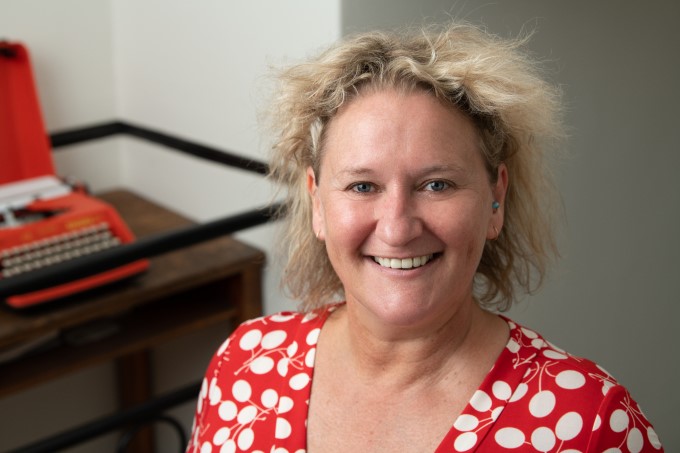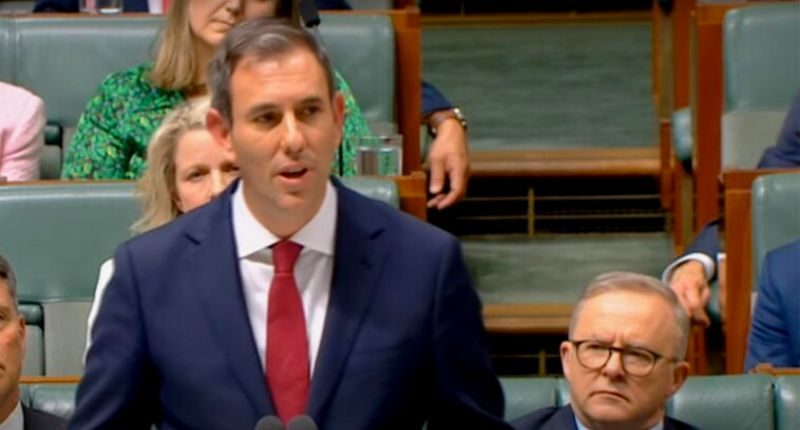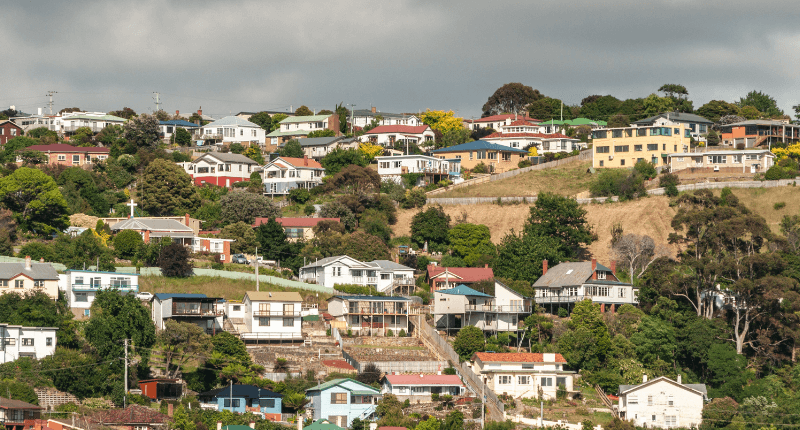- Industry has broadly welcomed bolstering supply
- The Federal government itself has only committed to building 40,000 new social and affordable homes
- The past five years saw around one million homes built, according to ABS data
Last night, Treasurer Jim Chalmers delivered the Albanese’s government’s first budget.
Notable measures included the expansion of the Paid Parental Leave Scheme to 26 weeks and significant increases to the childcare rebate, as a way to encourage greater female participation in the workforce. Also announced was a reduction in medicines under the Pharmaceutical Benefits Scheme (PBS).
In terms of property, the most notable measure was the Housing Accord. It has an aspirational target million new affordable dwellings in the five years from 2024- – which is when the Covid-induced demand slump from housing is expected to be fulfilled.
Government committing to just 40,000 homes
While most of the property sector has welcomed the focus on increasing supply, some concerns have been raised.
“The new Housing Accord announced in the Federal Budget is a sound strategy that starts to address the critical undersupply of rental properties across the nation,” said Property Investment Professions of Australia (PIPA) Chair Nicola McDougall.
However, she noted that the federal government’s plan includes its own commitment to construct just 40,000 social and affordable houses nationally.
“According to the Australian Bureau of Statistics (ABS), nearly one million dwellings were reportedly constructed in the five years to March this year.
“It is vital that all stakeholders – including private “mum and dad” investors who provide the vast majority of rental accommodation in this country – are considered in any plan to improve the supply of rental housing in this country.

“That’s because 16.7 per cent have sold at least one dwelling in the past two years, which potentially depleted the supply of rental stock nationally by nearly 270,000 or 10 per cent.
“In a sign of more rental stress for tenants to come, the 2022 PIPA Annual Investor Sentiment survey found that if the 19 per cent of investors who are considering selling in the next 12 months did so, then another 200,000 rental properties could disappear from the rental market around the nation – especially if investment buying activity remains low.”
Superannuation funds on board
Rest, one of the largest profit-to-member superannuation funds, representing more under-35s than any other fund, welcomed the Housing Accord.
“We exist to help our members achieve the best-possible retirement outcome, which means we will always put our members’ needs at the centre of what we do,” said Vicki Doyle, Chief Executive Officer, Rest.
“Rest has been an investor in institutional residential developments overseas since 2014. In our experience, these assets have been valuable in enhancing the financial interests of our members.”
“Access to affordable housing also makes a significant difference to the financial outcomes of all our members in retirement.
“We support the consultation that has occurred to date and look forward to further opportunities to work with the Government, our industry peers and other stakeholders to address the barriers to investment and explore opportunities in this sector.”
Inflationary concerns
Dean Arnold, founder of Public Square, a fintech company in the rent-to-buy space, questioned whether the underwriting of such schemes is in effect investing tax dollars in an already overheated market.
“Any market where the government steps in to provide a backstop using free capital or subsidies to incentivise growth, ends up creating even worse inflationary bubbles,” he said.
“Continuing to juice the market is not the right call. Only free market innovation can solve the problem and the government should stick to protecting people through social security.
Dean Arnold, Public Square
“Only private companies have the drive and agility to have a meaningful impact, but they can’t or won’t do it if they have to compete with artificial markets created by the government.”
Theo Chambers of Shore Financial said the commitment of one million new well-located homes over the next five years is a great initiative.
“Not only does this hopefully help the supply issue in certain housing markets, but it will hopefully also create jobs.”
Property data expert Arjun Paliwal said that while it is reassuring seeing housing supply as a key part of the conversation, the plans announced by the government won’t be enough to curb the rental crisis or help first home buyers.
“First home buyer shared equity schemes, in my opinion, may be placed in the same basket as the first home super saver scheme which didn’t take off,” he said.
“The Regional First Home Buyer Guarantee will provide 10,000 places each financial year for home buyers to get into the market with a 5 per cent deposit, it’s a great but small addition.
“As for incoming social housing, it is much needed and welcomed, but we have to remember there are over 100,000 people on the public housing waitlist. I don’t believe the Housing Australia Future Fund’s plan to build 20,000 new social housing dwellings even touches the sides of this issue.
“Although the Housing Accord target of building 1 million more homes in the next five years sounds exciting, it is actually quite similar to the last five years of building activity as reported by ABS.
Arjun Paliwal, InvestorKit

“Many fail to understand that we are to see circa 200,000 incoming migrants with the cap lift each year and that Australia typically sees 450,000-550,000 housing transactions per year. An announcement of 10,000 places here and there or similar building trends over the last five years being repeated isn’t enough.
“More work needs to be done on creating greater motivation for stock mobility amongst established houses to levels of the past, a larger pool of private investors, city changing infrastructure (some of which was approved with rail and highway works), combined with larger levels of new building.”
Government trying to shift responsibility to private sector; all levels of governments need to work effectively together
Better Renting’s Joel Dignam noted that the government has a responsibility to meet enough rental stock for Australians.
“This means ensuring enough homes for people, renters and owner-occupiers and that these homes are actually affordable. But instead of fulfilling this responsibility, this budget dodges it and tries to shift it to the private sector – the same financial institutions that were complicit in creating this problem and that have shown no appetite for doing something meaningful about it,” he said.
Mr Dignam said the key problem with Australian housing is that it is a commodified system.
“Housing has been turned into assets that are bought and sold not for their value as a home, but their value just as an investment. In this model, the people in the homes don’t matter.
“We need a shift in our values, our rhetoric, and our policy, that makes the housing system actually about people and making sure they have good homes. Instead we see the government continue to shirk its responsibility, cross its fingers and hope that the private sector will do more.”
Joel Dignam, Better Renting
Andrew Clugston, Partner at Pitcher Partners Melbourne said bringing the federal, state and territory governments together will be a positive move.
“Clearly we have capacity constraints within the construction industry at the moment but these are set to ease in the coming year/s.
“We are starting to see a small improvement in material supply chains and costs so hopefully this will be less of an issue by the time the initiatives are implemented.
“While not within the remit of the Federal Government, any discussion regarding housing affordability would be incomplete without addressing the lack of supply of developable land resulting from the current planning process in most states.
“It would appear an aspect of State and territory government involvement in the accord will be to expedite zoning, planning and land release as well as working with local governments to deliver planning reforms.
“This will be a critical component to the success of the accord.”








